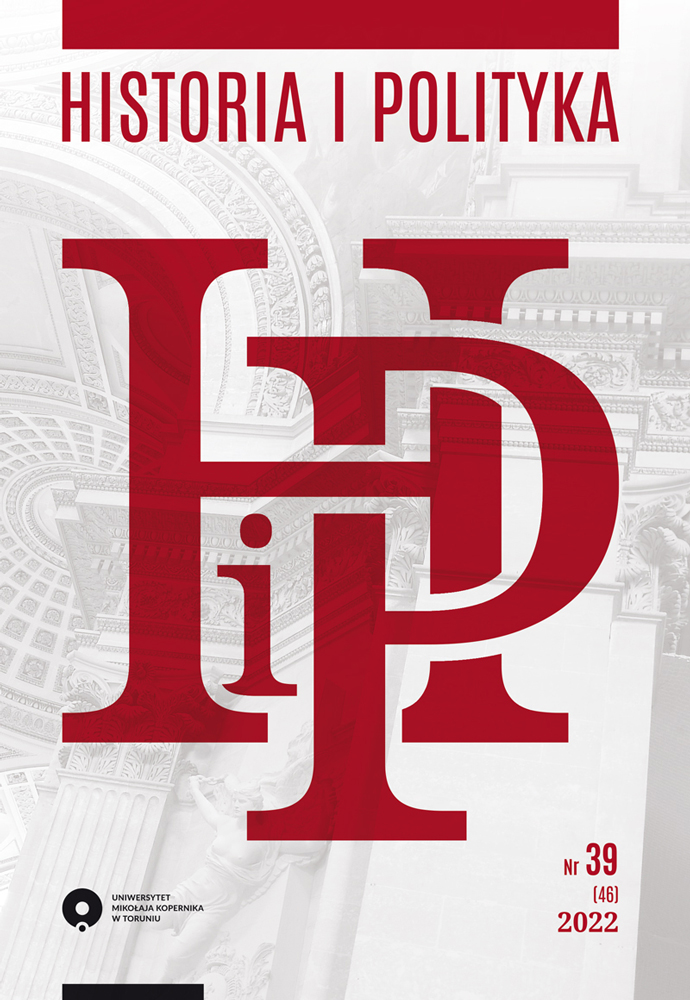Struktura i obroty handlowe między RFN a ZSRR w latach 70. XX w. jako przejaw postępującego spowolnienia i kryzysu gospodarczego Związku Radzieckiego
The Structure and Trade Turnover of Germany-USSR in the 1970s as a Symptom of the Progressive Slowdown and Economic Crisis of the Soviet Union
Author(s): Zbigniew KlimiukSubject(s): National Economy, International relations/trade
Published by: Wydawnictwo Naukowe Uniwersytetu Mikołaja Kopernika
Keywords: West Germany; Soviet Union; trade exchange; export and import structure; raw materials; EEC; trade policy;
Summary/Abstract: The author analyzes the evolution of trade exchange between West Germany and the Soviet Union. In the 1970s, there was a qualitative change in the nature of cooperation between the two countries, caused by the partial opening of the USSR to increasing eco-nomic contacts with Western countries (mainly with EEC countries). It was characterized by the development of new forms of ties, which, however, did not diminish the importance of traditional trade. Commodity exchange was still an organic component of every form of economic relationship, in which all other areas of cooperation materialized. The development of foreign trade created conditions for more advanced cooperation along with the deepening of the international division of labor. On the other hand, the development of new forms of cooperation influenced the dynamics and structure of commodity exchange and caused its qualitative changes. The analysis of the size and structure of the Soviet Union’s trade exchange, especially with highly developed countries, allows us to answer the questions in which direction its economic situation evolved and what nature and tendencies were adopted by the then development trends. The 1970s showed an attempt to save the increasingly ineffective command-and-distribution system in the USSR by importing capital (credits, loans, direct investments) and tech-nology from the West. The source of repayment of foreign capital and investment im-ports was the export of raw materials (especially oil and gas), which was the result of a significant increase in their extraction. As a result of the policy pursued, the USSR was becoming more and more a resource country and a base for their supplies for highly developed countries, including, in particular, West Germany. The article is based on literature studies and statistical analyzes. It is analytical in nature.
Journal: Historia i Polityka
- Issue Year: 46/2022
- Issue No: 39
- Page Range: 59-79
- Page Count: 21
- Language: Polish

